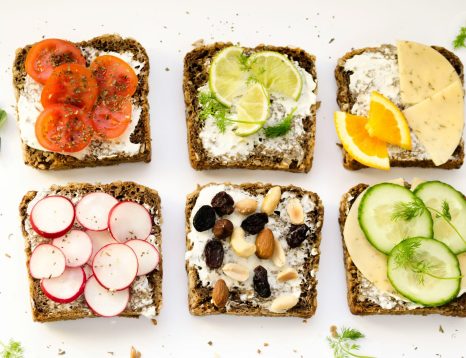
People who have marginally elevated blood glucose levels in their regular biochemical tests are characterized by an increased predisposition to develop diabetes at a later age stage in their lives. This condition is called prediabetes and is a metabolic disorder in which blood glucose levels are above normal limits, but below the indications of diabetes mellitus. Usually, this condition is not detected by any symptoms but by a random regular check. But what should these people pay attention to nutritionally in order to delay and/or prevent the onset of diabetes?
First, they should avoid foods with a high glycemic index. The glycemic index is the value that shows us how much the consumption of a food containing carbohydrates raises blood glucose (sugar). Essentially, it shows us how quickly a food is digested and absorbed. The glycemic index is independent, that is, it does not affect or is affected by the presence of nutrients in the specific food.
Carbohydrate foods are classified based on their glycemic index, which is from 0-100, as low glycemic index (<55), moderate (56-69) or high (>70), compared to a reference food that can be glucose or white bread. Low glycemic index foods include whole grains, oats, black rice, dairy products, unripe fruits, leafy green vegetables and legumes. Indicative foods with a medium glycemic index include bulgur, basmati rice, beetroot and carrot, sweet potato and papaya. While white bread, white pasta, yellow potatoes, corn, sweet pumpkin, sugar and all processed baked goods and sweets containing sugar, ripe fruits, jams, juices and honey have a high glycemic index. Foods containing protein, such as animal foods with the exception of dairy products, and foods belonging to the fat group, such as oils and nuts, have a zero glycemic index.
The lower the glycemic index of a food, the slower its digestion and the slower the increase in blood glucose. This helps us to feel full and not get hungry again too quickly. So instead of drinking fruit juice, we prefer to eat the whole fruit because it will fill us up more and will increase our blood sugar (glucose) less. Of course, the amount of specific foods that we will consume plays a very important role in addition to the glycemic index they have, as well as their combination with other foods in a meal.
More generally, for people with a predisposition to diabetes, we recommend that they consume whole-grain bread, pasta and baked goods instead of wheat, sweet potatoes instead of the classic yellow ones, black rice-bulgur or basmati instead of white and always accompany their food with a green salad. Also, consume as much unripe fruit as possible, and avoid juices and soft drinks. In addition, avoid adding sugar to drinks and choose sweets with alternative sweeteners that are sugar substitutes and do not raise blood glucose, such as stevia or aspartame.
At the same time, these individuals should increase their water consumption, reduce smoking and alcohol consumption, and incorporate mild physical activity into their daily lives. Finally, if they have a problem with extra pounds, they should follow a personalized weight loss program by adopting a balanced Mediterranean diet.
Applying the glycemic index to food consumption choices can also help young women with polycystic ovary syndrome or people who experience insulin resistance and have difficulty losing weight.

Clinical dietician, MSc., PhDc.










